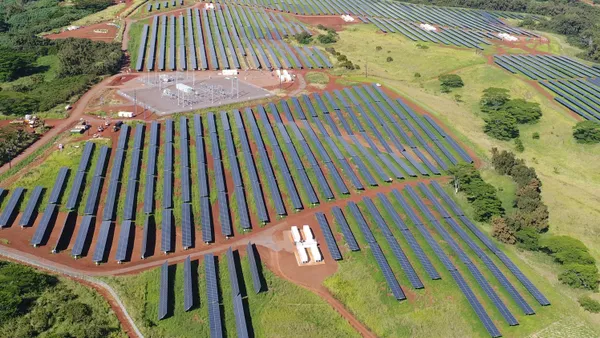Dive Brief:
- The Public Utility Commission of Texas is considering boosting the state's reserve margin requirements from 2,000 MW to 2,750 MW, a move likely to raise prices but which some say is necessary to ensure more generation is developed in the future.
- The Houston Chronicle reports Texas has ample generation now, but changes to the operating reserve demand curve would allow power producers to more frequently charge peak pricing.
- Electricity prices in Texas are at their lowest point in almost a decade and a half, and generators are supporting the changes as a way to support development and boost their bottom line.
Dive Insight:
Generators in Texas have been plagued by low power prices, which they say creates two problems: They have difficulty turning a profit, and developing new plants is more difficult due to thin margins. Though the PUCT proposal would, as the Chronicle puts it, "artificially inflate wholesale power prices" when demand spikes, the changes would also help incentivize more plants.
In 2014, Texas regulators developed an operating reserve demand curve and raised maximum peak prices to $9,000 MWh. But the new pricing has only been put into play once, leading regulators to weigh how to properly value energy when demand is high.
The problem is compounded in Texas because the state operates as an island, leaving generators no markets for excess power.
Earlier this month, the Electric Reliability Council of Texas released its Seasonal Assessment of Resource Adequacy for spring 2016, noting the grid has more than 79,000 MW of generation resources and an anticipated peak load of 58,000 MW.
"Taking into account multiple scenarios under a variety of conditions, ERCOT expects to have enough generation available to serve peak demand this spring," said Pete Warnken, manager of resource adequacy.
A preliminary summer assessment also predicts sufficient resources to serve summer peak demand, which ERCOT said could top 70,000 MW for the first time. But the grid operator said it anticipates more than 79,000 MW of available generation to meet demand on the hottest days.















